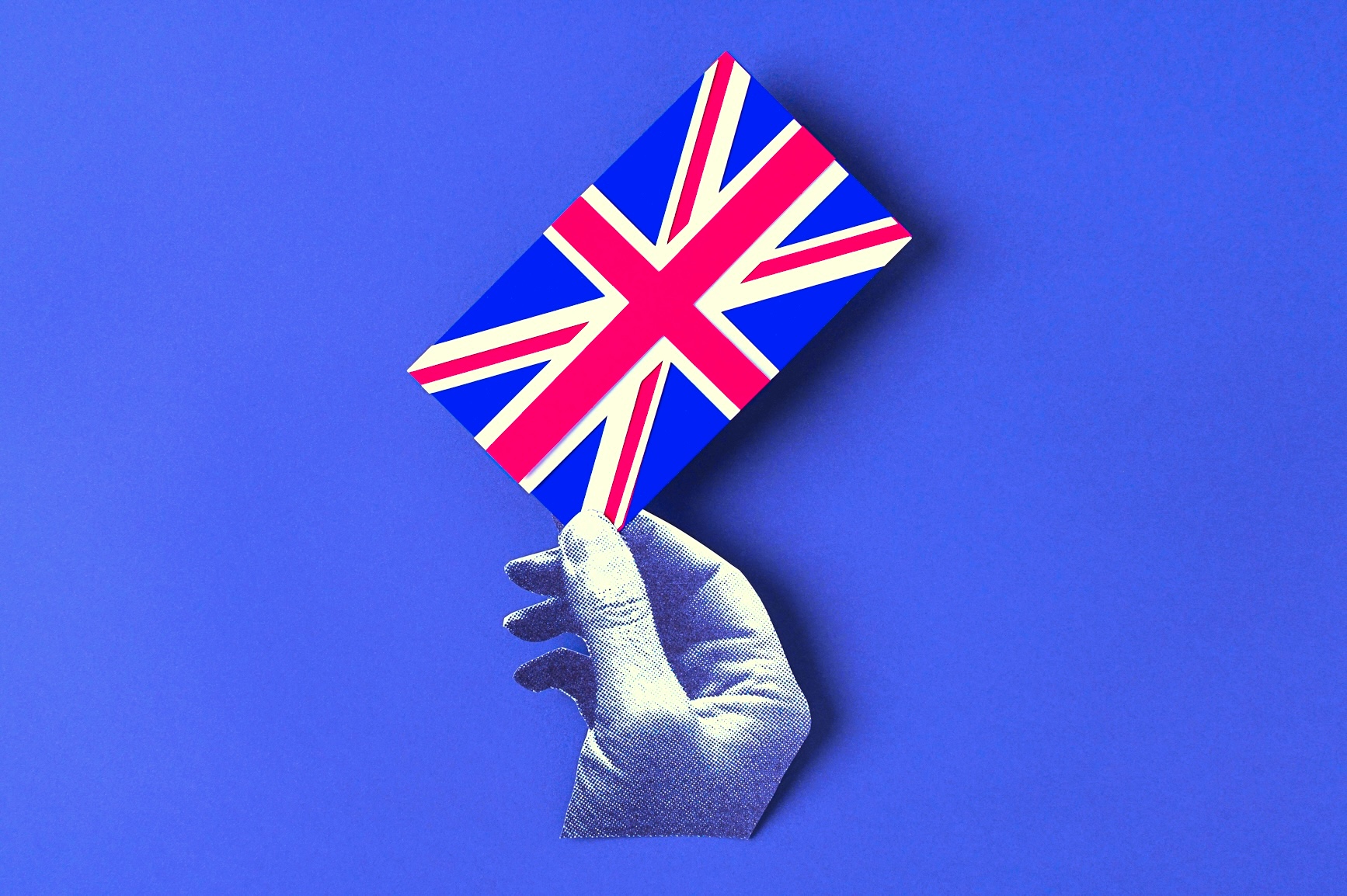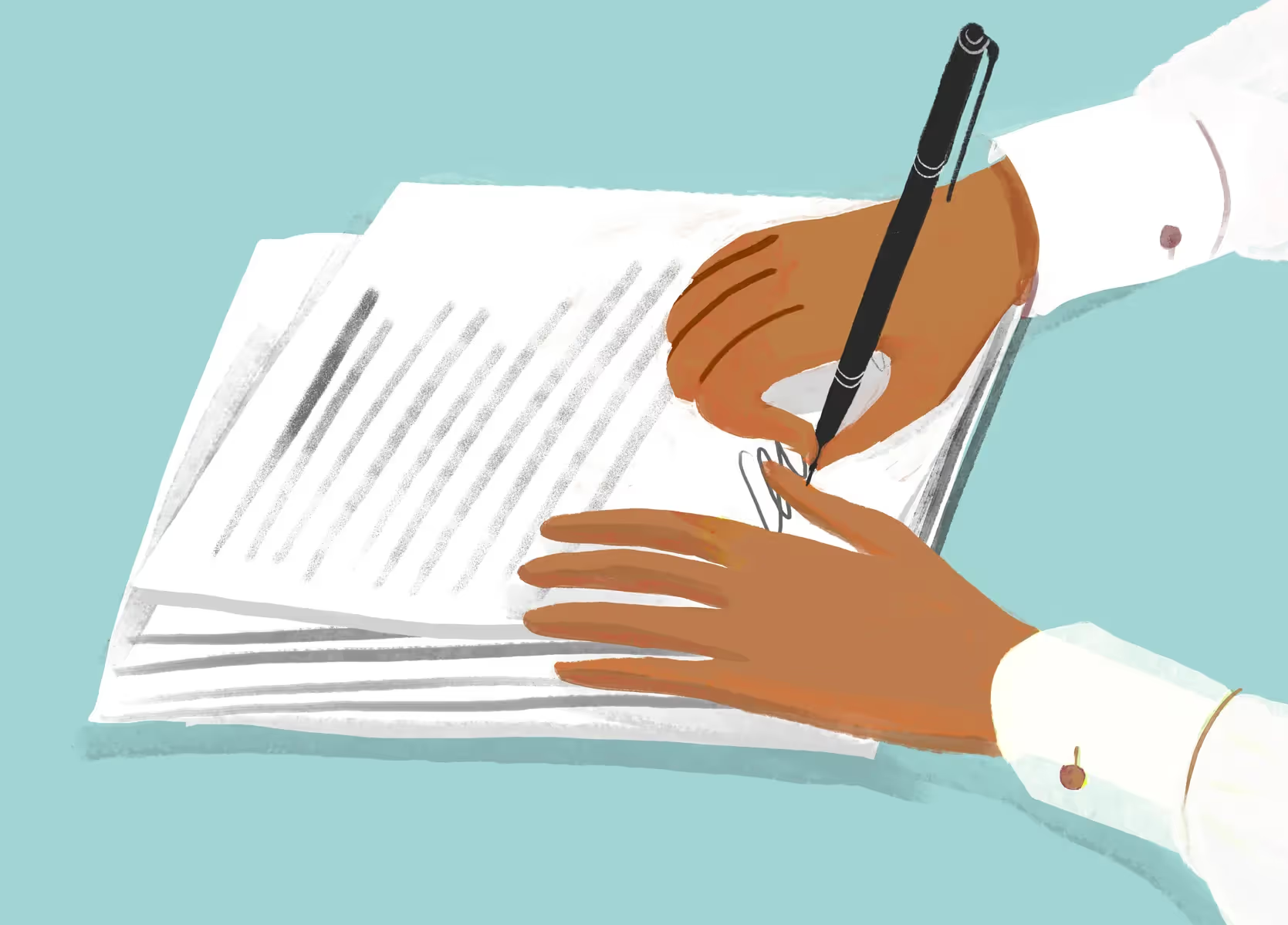
Purchase Requisition vs Purchase Order: Key differences
Learn the differences and how they automate purchasing workflows.

While purchase requisitions and purchase orders may seem similar at first glance, they play distinct roles in the procurement process. A clear understanding of their differences can streamline your procurement operations, reduce errors, and ensure the timely delivery of goods and services.
In this post, you’ll learn how purchase requisitions are used within your organization and how purchase orders are used with suppliers. You’ll also gain a better understanding of how to optimize both types of documents through procurement automation.
Purchase requisition vs. purchase order: Key differences
The primary difference between a purchase requisition and a purchase order is that requisitions are used internally to get permission for a purchase, while a purchase order is used with suppliers to make the purchase.
For example, if you need office supplies like ink toner cartridges, you’d need to give a purchase requisition to the finance department. When ordering the ink cartridges, the procurement department would issue a purchase order to the supplier.
The following table gives you an at-a-glance view of the primary differences between the two:
What is a purchase requisition?
Employees or departments submit this internal document to the finance or purchasing department to request goods or services. This form is a way to initiate the procurement process with an outside vendor. It provides a paper trail for tracking and budgeting purchases, and the increased visibility for the procurement team helps reduce errors and avoid fraud.
Use a procurement requisition form whenever you want to acquire goods or services that will cost the company money. For example, if a department wants laptops for their team to be able to work remotely, the requisition form would include pertinent information to receive approval for the purchase.

What information does a purchase requisition include?
In its simplest form, a purchase requisition summarizes what an employee would like to buy, so an approver in the finance department or procurement function can decide whether or not to proceed with a purchase. To facilitate that decision, an employee must, at a minimum, provide the:
- Requisition number
- Item or service to be purchased
- Quantity needed
- Delivery date
- Budget code
- Specifications for the item or service
- Supporting documentation or justification for the purchase
- Contact information for the person submitting the requisition
- Approval from one or more individuals within the organization, depending on company policies and procedures
At first glance, a purchase requisition may seem like a simple form. From the perspective of the accounting department, however, it is a critical first step in the purchasing process that creates an audit trail to later inform the invoice approval process.
What is a purchase order?
Purchase orders are legal documents outlining the terms and conditions of a purchase between a buyer and supplier. It serves as a binding contract, specifying details like the items to be purchased, quantities, prices, delivery dates, and payment terms.
For example, if the office needs five new printers, the procurement department would issue a purchase order to the supplier. The purchase order would include the specific printer models, the quantity, total cost, and the delivery date. It may also include payment terms, such as net 30.

What information does a purchase order include?
The goal of a purchase order is to outline the terms of a purchase agreement between a company and a supplier. Some of this information is previously gathered from the purchase requisition, while other details must be gathered from the supplier before creating the purchase order in the procurement system.
A typical purchase order must, at a minimum, include:
- Purchase order number
- Item or service being ordered
- Quantity ordered
- Price per unit or total cost of the order
- Delivery date and location
- Payment terms and method
- Shipping address
- Handling instructions
- Any applicable taxes or fees
- Contact information for both the company and the supplier
By providing this information in a purchase order, both the company and the supplier can ensure they’re on the same page and that the order is fulfilled as expected. Most modern companies track this process in a digital purchasing system such as an e-procurement, procure-to-pay, or ERP solution.
How purchase requisitions and purchase orders streamline the purchasing process
Both purchase requisitions and purchase orders streamline the purchasing process by providing important details and information that help avoid errors and delays.
- A purchase requisition initiates the process, giving the finance department the information it needs to approve the request.
- The purchase order specifies terms and conditions, delivery schedules, and payment terms to make the order as seamless as possible when working with suppliers.
These documents enhance efficiency and improve spend management by standardizing the procurement process. They also facilitate better vendor management and allow your organization to analyze purchasing data, leading to informed decision-making and cost optimization.
Why the difference between PRs and POs matters to finance and procurement leaders
Understanding the difference between purchase requisitions and purchase orders is critical for CFOs and chief procurement officers for several reasons. Properly managing the processes related to each document:
- Ensures that the purchasing department follows a standardized workflow that minimizes errors, delays, and unnecessary purchases
- Enables better cost control by ensuring that purchases are made only when necessary and within budget in satisfaction of true business needs
- Helps avoid confusion and disputes with suppliers by ensuring that the terms and conditions of the purchase order are clear and legally binding
- Creates a clear paper trail for accounts payable employees to verify orders have been delivered at the right time and quantity at the expected price before paying an invoice
Purchase requisitions vs. purchase orders: Common issues
Purchase requisitions and purchase orders serve distinct purposes and come with their own sets of challenges. Being prepared for these challenges can help you avoid issues by planning ahead.
Common issues with purchase requisitions include:
- Lack of standardization: Inconsistent formatting and information can hinder efficient processing and approval.
- Insufficient detail: Incomplete or vague requisitions can lead to misunderstanding and delays.
- Unauthorized requests: Requisitions submitted without proper approval can result in unnecessary spending.
Common issues with purchase orders include:
- Late or incomplete deliveries: Poorly defined delivery terms and supplier performance issues can delay project timelines.
- Price discrepancies: Discrepancies between the PO price and the invoice price and lead to disputes and financial losses.
- Payment delays: Late or missed payments can damage supplier relationships and impact future business.
Best practices for purchase requisitions and purchase orders
To ensure an efficient procurement process, CFOs and chief procurement officers should establish clear policies and procedures for creating, reviewing, approving, and tracking purchase requisitions and purchase orders. As covered above, however, each document type has a unique purpose and requirements, so effectively creating each requires specific practices, too.
When creating purchase requisitions, best practices include:
- Provide detailed information: Ensure all purchase requisitions include sufficient detail about the item or service being requested, including the quantity, specifications, delivery date, and budget code.
- Consider alternatives: Explore options like leasing, renting, or repurposing to minimize costs when possible.
- Compare costs: Much like any other purchase, it’s helpful to shop around and find competitive quotes to get the best pricing.
- Standardize the process: Develop a standard template for purchase requisitions and establish clear guidelines for how they should be completed, reviewed, and approved.
- Use procurement software: Implement procurement software, such as an intake-to-procure solution, that can automate the purchase requisition process, reducing the risk of errors and delays.
- Train employees: Provide training to employees involved in the purchase requisition process, including how to complete the requisition form accurately and how to follow the purchasing policies and procedures.
- Monitor the process: Regularly review the purchase requisition process to identify areas for improvement and to ensure it’s running smoothly.
When creating purchase orders, best practices include:
- Ensure accuracy: Double-check all details on the purchase order, including the item or service ordered, quantity, price, delivery date, and payment terms, to ensure accuracy.
- Maintain communication: Keep in touch with the supplier throughout the purchasing process to confirm receipt of the purchase order, track the status of the order, and manage any changes or issues that may arise.
- Centralize the process: Establish a central repository for all purchase orders, ensuring they’re organized, easily accessible, and securely stored.
- Analyze supplier performance: It’s helpful to track supplier performance metrics, such as delivery time, quality, and pricing, to identify opportunities for improvement.
- Monitor delivery and payment: Track delivery of the ordered items or services and ensure that payment is made according to the payment terms specified on the purchase order.
- Conduct regular reviews: Regularly review the purchasing process, including the creation and handling of purchase orders, to identify areas for improvement and to ensure that the process is efficient, effective, and compliant with company policies and procedures.
The key to PR and PO automation? Zip’s frictionless intake-to-procure software
Managing purchase requisitions and purchase orders can be time-consuming and error-prone when you’re doing everything manually. With Zip’s Intake-to-Pay software, you can automate both documents to reduce processing time, improve accuracy, enhance visibility, and have greater control over your spending.
Request a demo today to learn more about what Zip can do for your procurement process.
FAQ
If you still have some questions about purchase requisitions and purchase orders, we provide some additional insight into some of the most common questions.
Which comes first, purchase order or purchase requisition?
A purchase requisition always comes before a purchase order. The request is an internal document that initiates the purchasing process, while a purchase order is the formal document sent to the supplier to authorize the purchase.
Can there be a purchase order without a purchase requisition?
It’s possible to have a purchase order without a requisition, but it’s not recommended if you’re looking to improve your spend under management. The requisition allows the procurement department to authorize the purchase and avoid unnecessary spending. However, in some cases, especially for low-value or emergency purchases, a purchase order might be created without a requisition.
Who is authorized to change a purchase order or a purchase requisition?
Authorized personnel within the procurement department are typically the only ones who can modify a purchase requisition or purchase order. This often includes procurement managers, buyers, or specific individuals with approval authority. Changes may require additional approvals for significant modifications that impact cost, quantity, or delivery terms.

Maximize the ROI of your business spend

Enter your business email to keep reading



























.webp)




















.avif)












.avif)










.webp)





.avif)












.avif)
